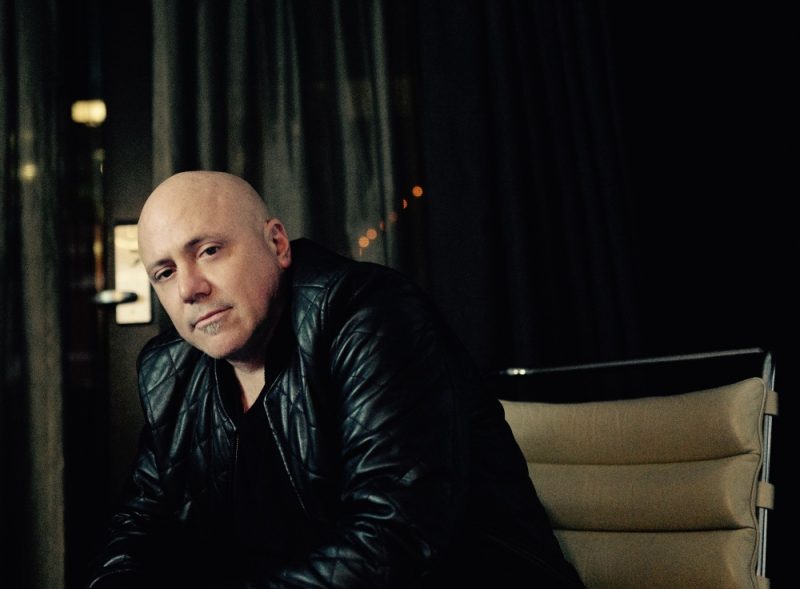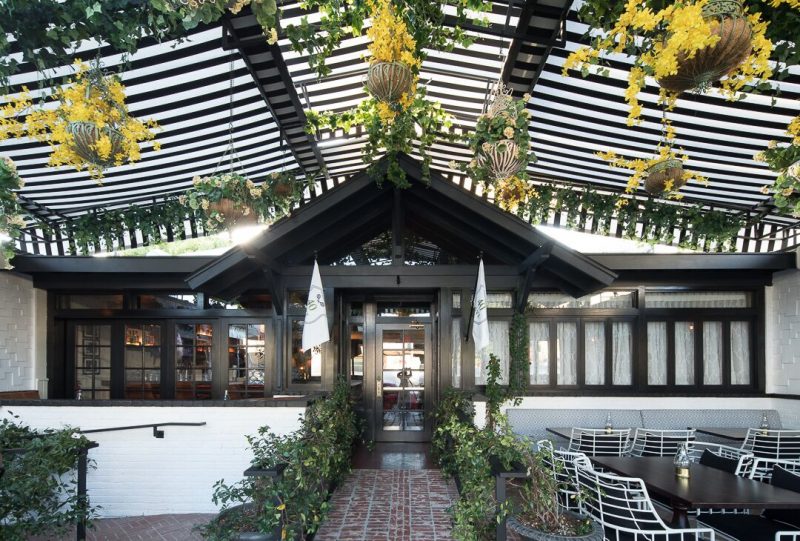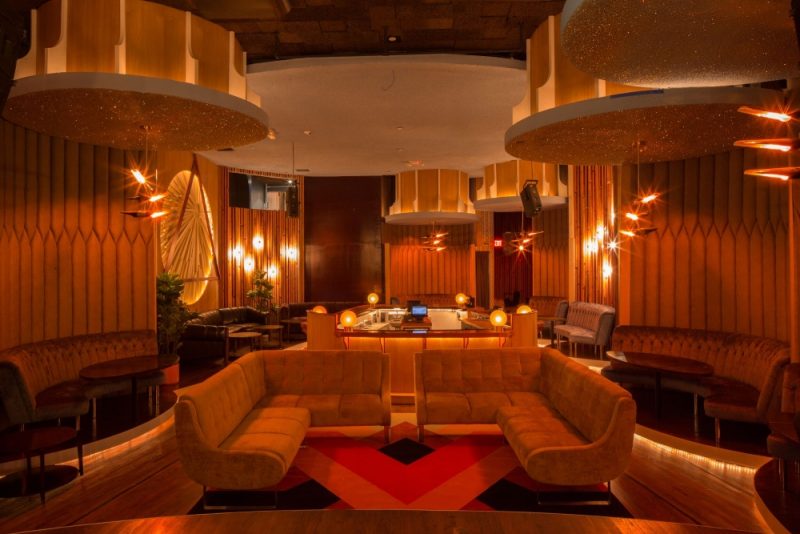John M. Sofio Reinvigorates LA Nightlife
Partying in Los Angeles is a way of life for locals and visitors with high profile destinations like Bootsy Bellows making shock waves through the hospitality world. From pastel colored aesthetics to bubbly with a rosy disposition, the drinks are overflowing and the glamour is chicer than ever. John M. Sofio, president and founder of Los Angeles based design/build firm Built, Inc. is the designer responsible for curating these glittering and youthful scenes with high designs that equal high spirits. Putting a spin on nightlife and restaurant venues that are in-line with nature and the modernist movement, Sofio is showing savvy party bon vivants how to feel comfortable in an elevated space. Recently designing The h.wood Group’s newest neighborhood sports bar, 40 Love, Sofio is taking back Monday nights with a 20s architectural time capsule that says all things bungalow and country club vibes.
Haute Living sat down with Sofio to hear more on 40 Love’s American country club-style design, cultivating a new trend that brings the outside in and a sneak peek into his next under the radar venture.

Photo Credit: Built, Inc.
HAUTE LIVING: John, you recently designed The h.wood Group’s newest neighborhood sports bar, 40 Love. Tell us about working on this American country club-style space?
JOHN SOFIO: It’s an amazing space for indoor outdoor living. We created the concept around the little house that was the original structure that reflected it’s foundation from the ‘20s. From there, we pulled some of the Los Angeles bungalow vibes and created a façade of the house. Finally, it became the idea of going into a country club. At the entrance, you walk past large welcoming wooden gate doors that are fashioned from the Newport tennis hall of fame in Newport Rhode Island. We copied and studied that establishment’s detailing and we brought that tennis club vibe into 40 Love. It truly brings a great feeling to that space. We melded the televisions into the architecture so it didn’t feel like a typical sports bar and doesn’t feel uptight. It just feels really comfortable and that you’re in an elevated space.
HL: Establishing a new space where nature is embedded into the design palette, do you see yourself cultivating a trend?
JS: Absolutely. The last two projects we worked on were super high profile restaurants that we really focused on bringing landscaping to the interior. When you walk inside you feel like you’re outside. When you walk into the space, it feels like you’ve walked into a pocket of the earth. It’s a magical space.

Photo Credit: Elizabeth Daniels
HL: You’ve also executed transformations on high profile venues from Delilah to the Nice Guy and The Peppermint Club. What architectural aesthetics continue to inspire you?
JS: My history is very much entrenched in the modernist movement of the ‘50s and ‘60s. We live in Silverlake and have designed tons of homes on the East Side where Gregory Ain and John Lautner were huge influences on us. Two very special modernist architects who truly created from the soul. Once we moved into the hospitality and nightlife business, we based most of our work on those tenants of design and from there added a layer of décor that spoke to what the client was speaking.
HL: How are you able to bring together the modernist movement of the ‘50s with contemporary design trends?
JS: The invention of the era post World War II really pushed the concept of, ‘let’s design a new way of building.’ That netted the cool modernist architectural homes we all love. From there, I think a well-studied designer can really base their ideas on the tenants of the case study program, the tenants of modernist architecture. That’s what I do. We add a layer of soulful design to assure the guests are going to be comfortable in every corner of the space.
What we love to do and do on a constant basis is collect. We collect odd objects, books and antiquities that we can find.
Where is your favorite place to find these antiquities?
JS: We take the client’s concept of say, I want it to look like a ’40s dinner theater like Delilah and from there push them to an art deco vibe. But I try to set the tone and parameters for that design so it’s not a “Great Gatsby” art show. It’s more of a soulful art deco that feels applied and truthful. When we had gone out for art objects for that project, we drove up to Grass Valley, California and spent almost a full week collecting objects from the ‘40s and ‘50s. Because we’re on a constant search, we can differentiate what’s good, what’s a knock off or what doesn’t fit. Setting those tenants of design and keeping those structures really in play during the execution of the project is what allows us to settle in on something that’s really truthful rather than something that’s cartoonish or a version of something we’re doing.

Photo Credit: Elizabeth Daniels
What on trend colors are you leaning towards this season?
JS: Very pale green has been put forth by Pantone as a color of the year. We did use that last year and it was very successful. I think we’re moving into the soft pastels that are backed up by stronger grey tones and detailed by black pin striping. You get the mix of very soft and feminine, structured by masculine grey and black, to create a warm space that allows for everyone to enjoy it.
Designing countless restaurants and nightlife venues in Los Angeles, what’s your favorite project to date?
JS: Right now, I’m developing 10 homes in Joshua Tree. This seems to be my latest and greatest project where I have total control over the project and I’m the client. We’re building one home at a time and they’re all going to be modern responses to the environment of the dessert. On the hospitality side, Found Hotel was a great project for us. I was really excited about working on that project because it’s as if you could live your whole life in that building sleeping, drinking, eating, partying, conversing, and working.
Can you give us a sneak peek into your newest project?
JS: We have a private members club coming up for higher net worth clients. It’s going to be an amazing space. There will be a great depth of timeless design that will be taken into the future.












